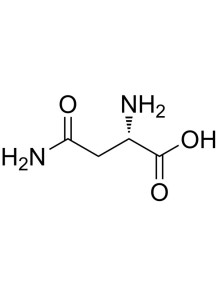L-Asparagine
Food
Code: 33506
non-essential amino acids This means that the body can synthesize it on its own. Although L-asparagine is not generally considered essential in the diet due to the body's ability to produce it, But it plays many roles in maintaining health
Cart
No products
Subtotal:
0.00
Total
0.00
THB



